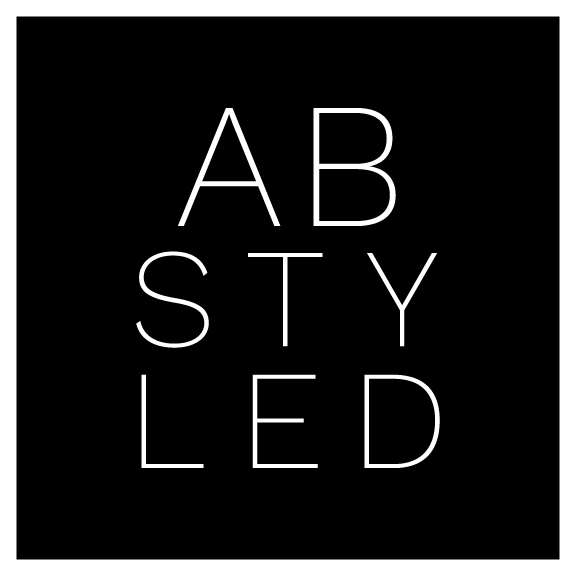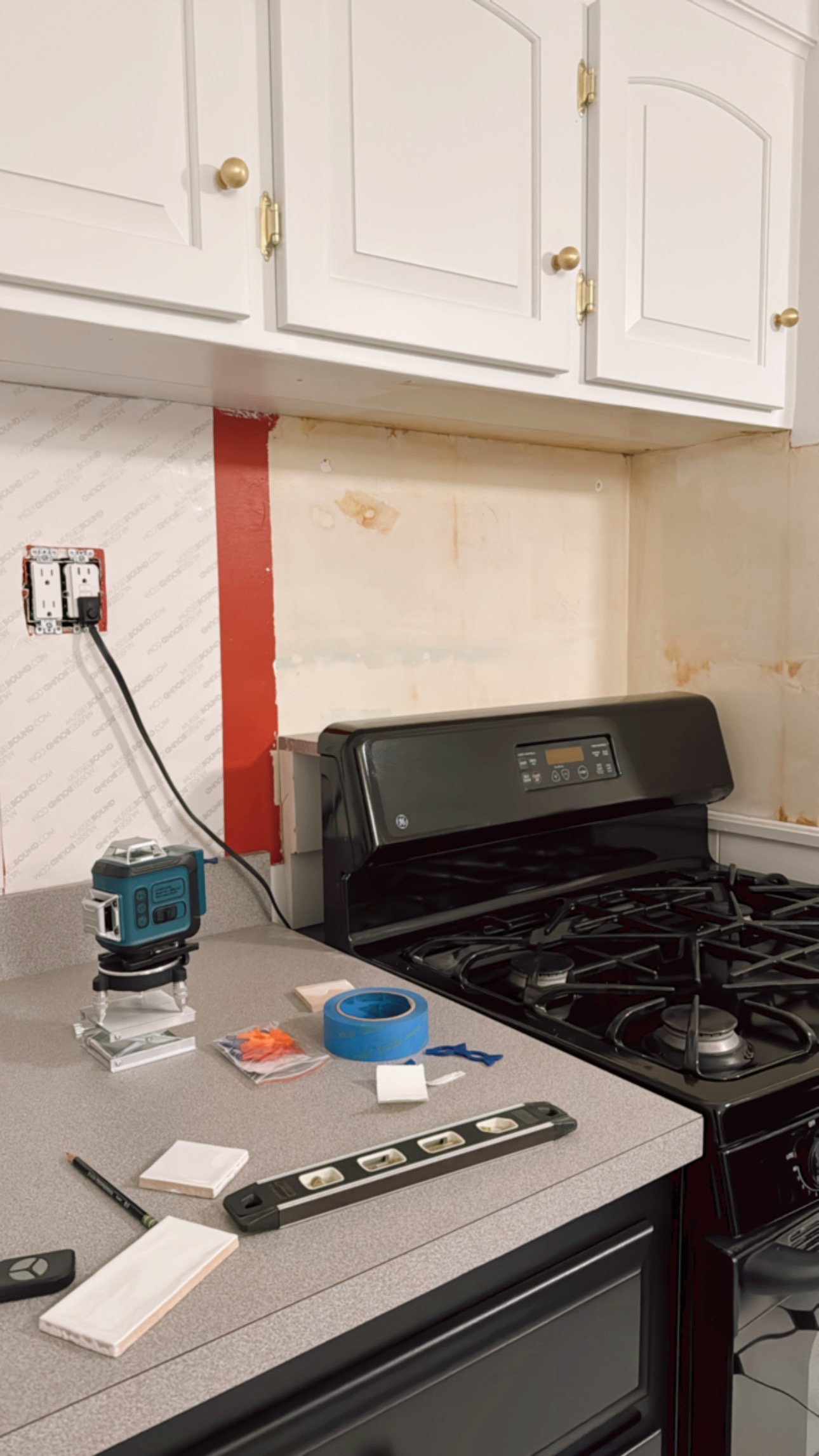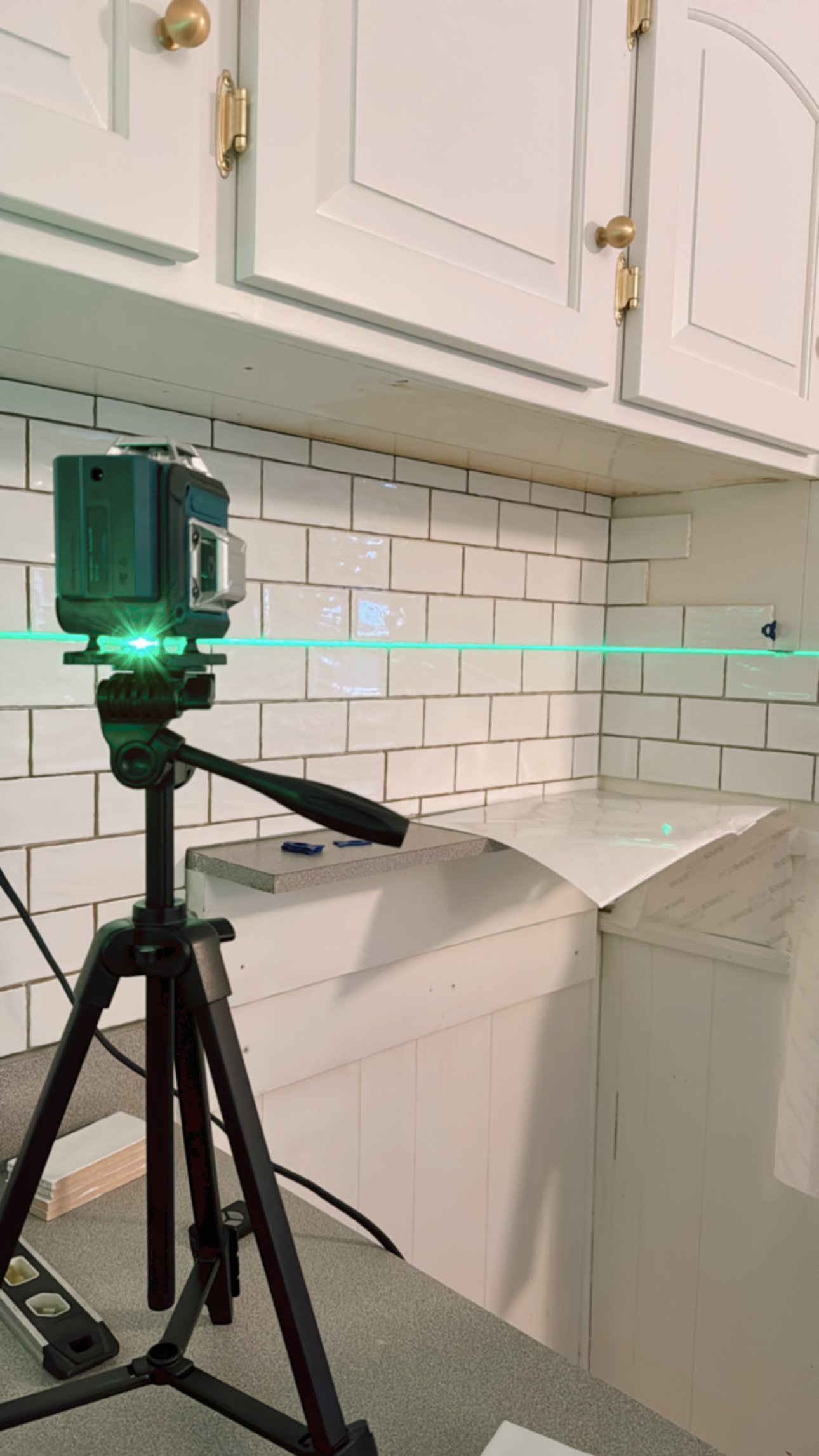Have you heard of MusselBound?
While thinset is certainly the most common way to adhere tile to a wall, MusselBound has certainly entered the game in a big way. It’s basically heavy duty double sided tape that holds up an entire wall of tile with the mess of thinset. No way we weren’t going to give that a go for the kitchen blacksplash!
This post contains affiliate links. By purchasing through these links, as a Lowe’s Partner I may receive a small commission at no cost to you. All thoughts shared are my own and honest opinions.
For reference we used:
Bedrosians Marin Pearl White (White) 3-in x 6-in Glossy Ceramic Subway Wall Tile.
Two rolls of MusselBound 15-sq ft Plastic Waterproofing Tile Membrane
Project Source 14-in Ceramic Tile Cutter Kit
Catlyn 16 Lines 360 Laser Level (Amazon)
So let’s start with the pros of using MusselBound
Super beginner friendly. If you know how to use double sided tape then you know how to use musselbound. Roll the length out for your wall, cut it, stick it to your wall, push down once in place, pull the outer liner and now you are ready to place your tiles. It is very forgiving. If you need to reposition it you can, if you need to cut a little piece to fill a gap you can.
Tile adjustment friendly. You can easily test a tile placement before committing. It will hold the tile in place so you can step back to examine the line. Since we were using tile that mimicked a handmade edge there were no clean lines. We had to pull the same tile off 5+ times with no issue.
Easy to adhere. Once you like the spot just push down for 5 seconds - like literally that’s it. No dry time.
And because there is no dry time you are ready to grout as soon as your last tile is in place.
Each roll comes with a variety of tile spacers. Since there is no dry time you only need the 2-3 you are using for the current tile. Then you can pull it and move to the next immediately.
Non-messy! This is what sold me in the first place. Zero drips or glops to worry about (until you grout of course lol).
Now as with anything there are always a few drawbacks to consider:
Meant for flat (mostly flat) walls. If you have textured walls or significant dip and bumps you are likely to have adhesion issues. Not only that but because the sheeting is so thin it won’t compensate the way thin-set would. Thin-set being a paste is going to spread into those imperfections so the tile sits flat. We also wiped down our walls really well and that helped.
The price point is higher. Let’s face it you are paying for convenience. Since we were doing a smaller backsplash area it worked out but we still used about 2 rolls.
Now I have heard horror stories of people waking up the next day to find all their tiles fell in the middle of the night. We did not have any issues like that at all. So it’s definitely something I would use again.




